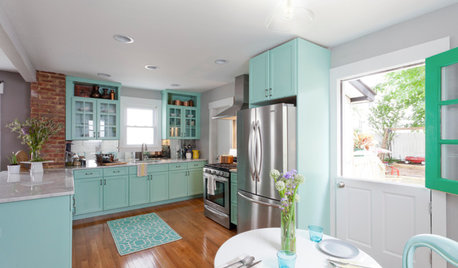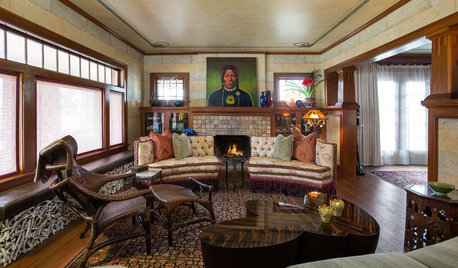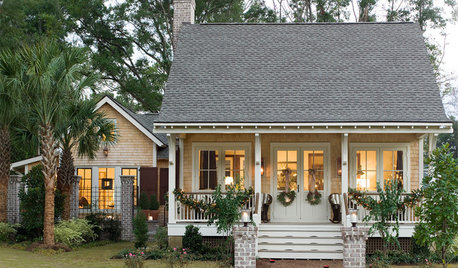I Repent!
pufftrinket
16 years ago
Related Stories

LANDSCAPE DESIGN15 Great Ideas for a Lawn-Free Yard
End the turf war for good with hardscaping, native grasses and ground covers that save water and are easier to maintain
Full Story
FUN HOUZZHow to Survive an Epidemic of Walking Dead
Tips to use around the house and garden to prep for the zombie apocalypse
Full Story
DECORATING GUIDES12 Deadly Decorating Sins
Are your room designs suffering from a few old habits? It may be time to change your ways
Full Story
ECLECTIC HOMESHouzz Tour: Rebooting a 1930s Bungalow in 3 Days
A design team mixes old and new to upgrade a computer science teacher's home in a flash
Full Story
DECORATING GUIDESMission Possible: A Designer Decorates a Blank Apartment in 4 Days
Four days and $10,000 take an apartment from bare to all-there. Get the designer's daily play-by-play
Full Story
BATHROOM DESIGN14 Bathroom Design Ideas Expected to Be Big in 2015
Award-winning designers reveal the bathroom features they believe will emerge or stay strong in the years ahead
Full Story
LIVING ROOMSRoom of the Day: An Artisan Renaissance
An Arts and Crafts living room in Oklahoma City gets restored to past glory
Full Story
DECORATING GUIDESMake Your Fixer-Upper Fabulous on a Budget
So many makeover projects, so little time and money. Here's where to focus your home improvement efforts for the best results
Full Story
TASTEMAKERSAsk an Expert: What Is the One Design Rule You Live By?
Eight home experts share their top design rules
Full Story
REMODELING GUIDES10 Things to Do Before the Renovation Begins
Prep and plan with this insight in hand to make your home remodeling project run more smoothly
Full StorySponsored






gonativegal
pufftrinketOriginal Author
Related Professionals
Jennings Landscape Architects & Landscape Designers · Paradise Landscape Architects & Landscape Designers · Burlington Landscape Contractors · Costa Mesa Landscape Contractors · Dixon Landscape Contractors · Edwardsville Landscape Contractors · Los Banos Landscape Contractors · Pine Hills Landscape Contractors · Wells Landscape Contractors · North Aurora Landscape Contractors · Elkridge Decks, Patios & Outdoor Enclosures · Fort Pierce Decks, Patios & Outdoor Enclosures · Northglenn Decks, Patios & Outdoor Enclosures · San Jose Decks, Patios & Outdoor Enclosures · Troy Decks, Patios & Outdoor Enclosuresgonativegal
pufftrinketOriginal Author
ladyslppr
jbcarr
ahughes798